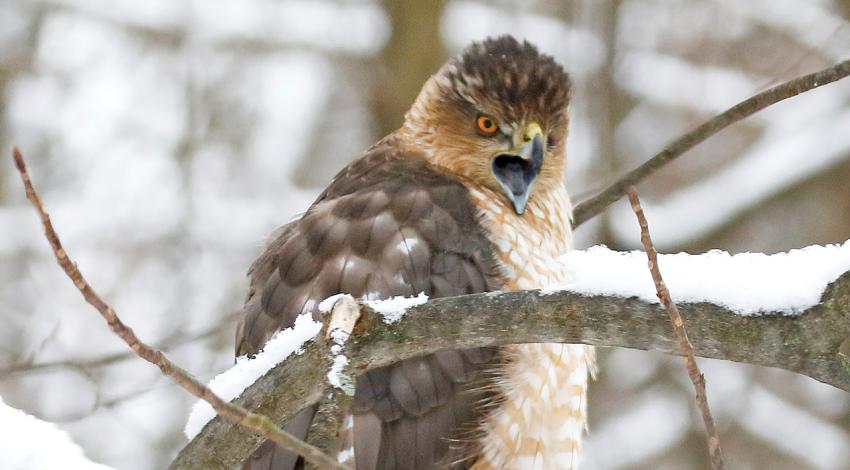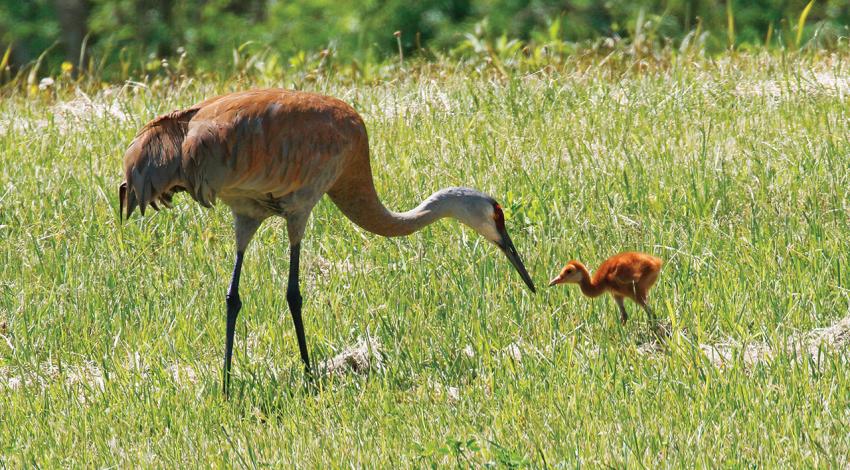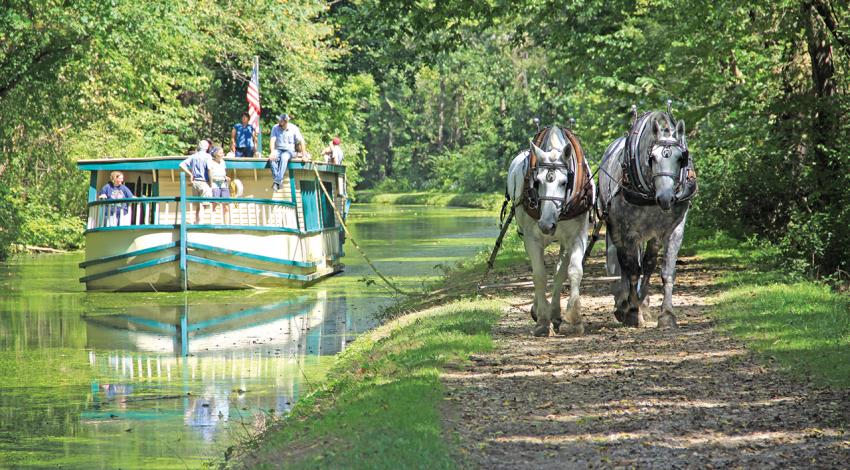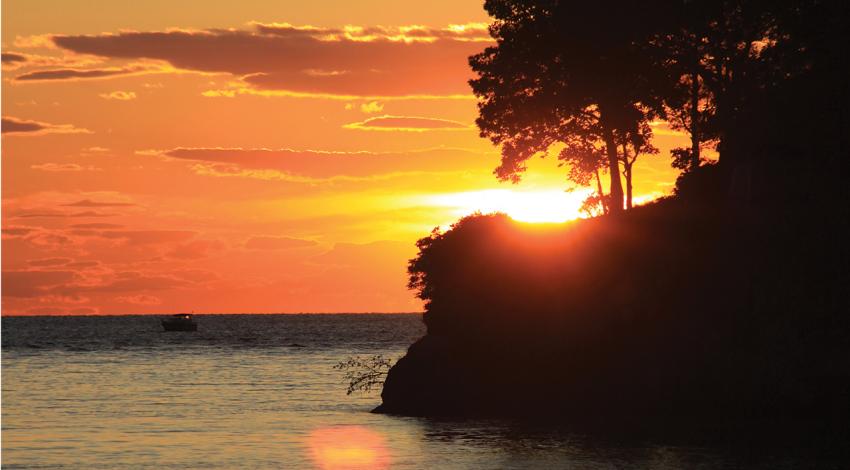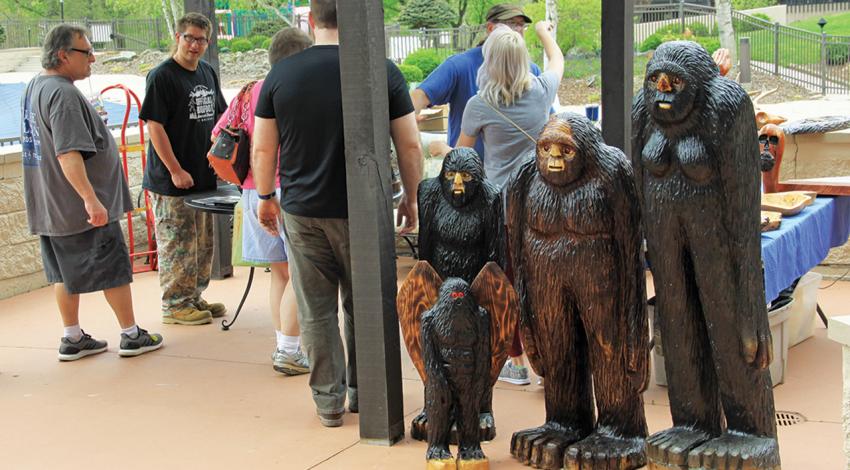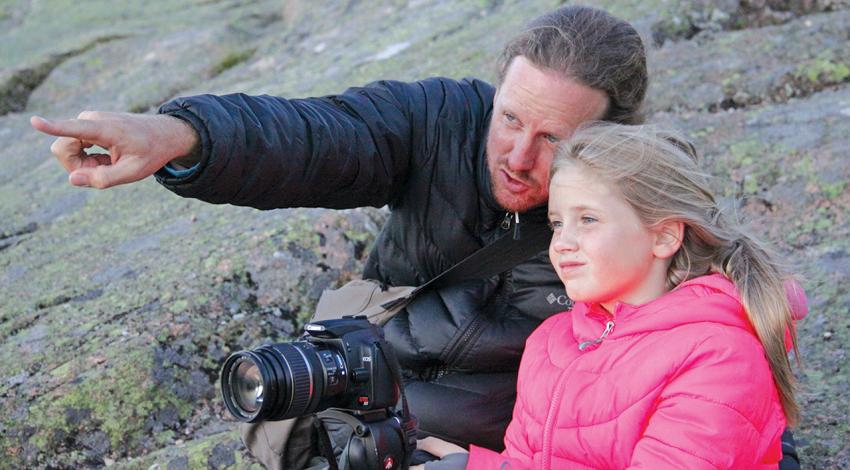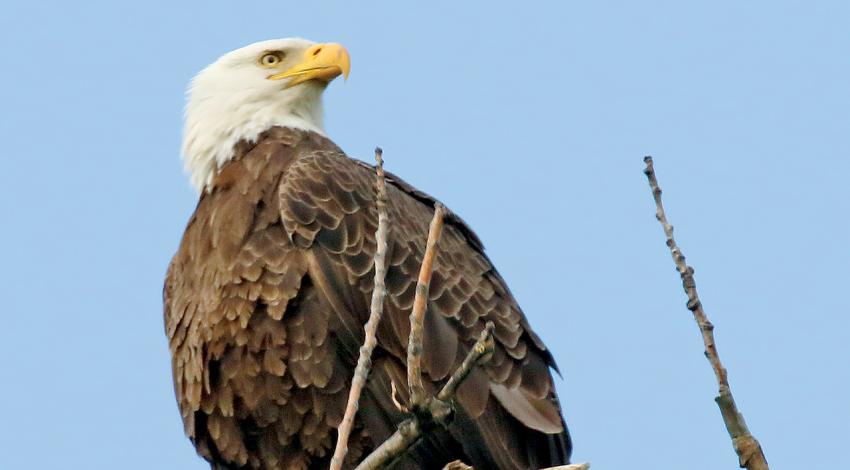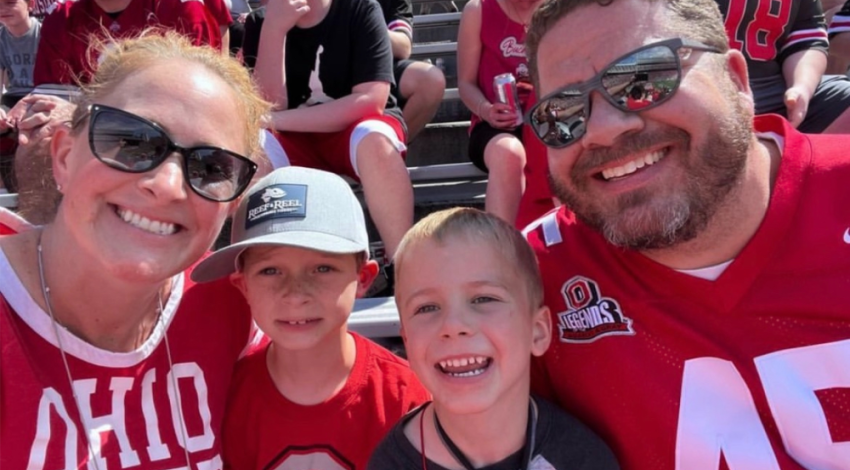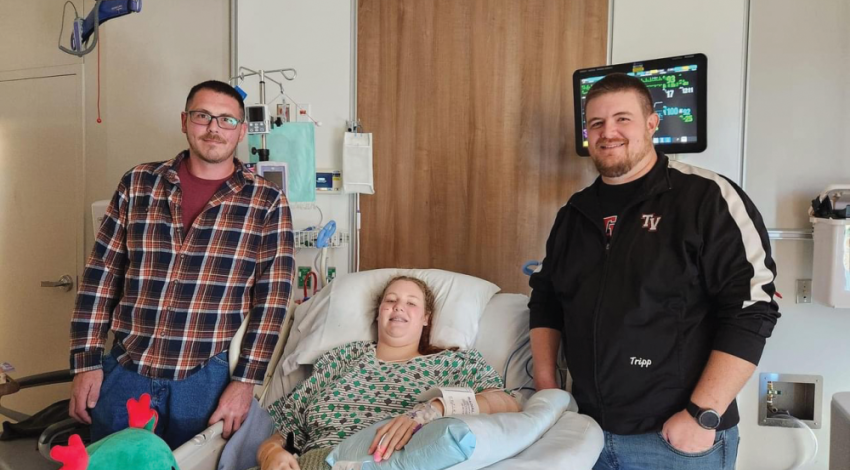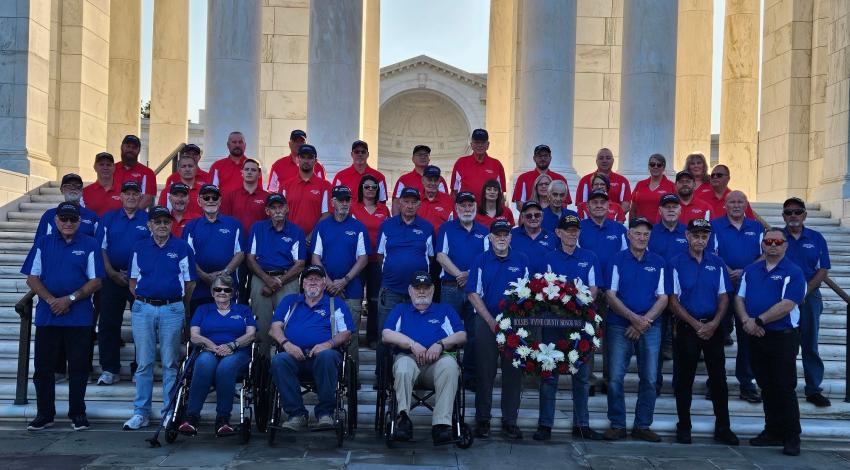Just about every winter, I receive a frantic email from an Ohio Cooperative Living reader that goes something like this:
“Help! A hawk is attacking the songbirds at my birdfeeder! What should I do?”
It’s not the answer most want to hear, but the only alternative is to not feed birds. By choosing to feed, you congregate songbirds in numbers not normally found in the wild — and that, in turn, makes easy pickings for predators.
The most common hawk seen in the Buckeye State at winter feeders is the Cooper’s hawk. Sleek, fast, and deadly, this member of the accipiter grouping of hawks is one of the stealth fighter jets of Ohio’s bird world.
